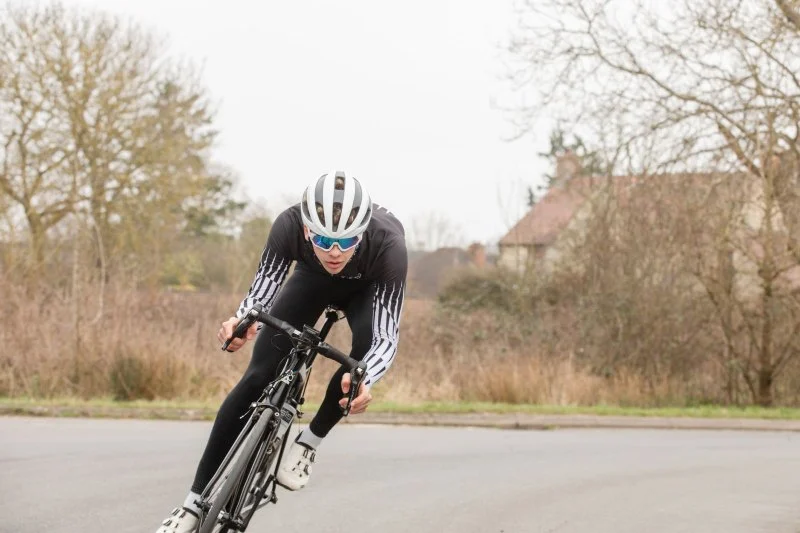
- 1- Understanding Average Speed in Cycling
- 2- Balancing Endurance and Speed
- 3- Training Tips to Boost Speed Without Burning Out
- 4- Nutrition and Recovery for Peak Performance
- 5- Real-Life Case Study on Cycling Speed
1. Understanding Average Speed in Cycling
Average speed is one of the most crucial metrics for cyclists, especially when you're aiming to improve your performance over time. It's the total distance you travel divided by the total time you spend cycling. But understanding how to increase your average speed isn’t just about pedaling faster. It involves optimizing various aspects of your training and mindset.
The key to boosting your average speed without burning out lies in managing your energy efficiently. The goal isn’t to push yourself to the limit every time you ride, but rather to build speed gradually while preserving your endurance.
2. Balancing Endurance and Speed
To improve your average cycling speed, it’s essential to strike the right balance between endurance and speed. If you focus too much on speed and forget about endurance, you'll risk burnout. On the other hand, focusing only on endurance can limit your speed improvements.
Endurance cycling helps your body become more efficient at handling long rides, but speed requires more intense efforts over shorter periods. A well-rounded training program that includes both endurance rides and speed intervals is key to long-term success.
Key Factors to Balance Endurance and Speed
- Interval Training: Incorporate high-intensity intervals into your routine to improve speed without compromising endurance. Short bursts of effort followed by recovery periods help improve both anaerobic and aerobic capacity.
- Long Rides: Schedule longer, steady-paced rides to build endurance. These rides should be at a pace where you can still carry on a conversation, helping your body to adapt to extended periods of cycling.
- Recovery: Allow time for rest and recovery between hard training sessions to prevent burnout and avoid injury.
3. Training Tips to Boost Speed Without Burning Out
Improving your speed without burning out is a delicate balance. Here are some effective strategies:
1. Incorporate Power Intervals
Power intervals are short, intense efforts that push you to the limit for a brief period, followed by longer periods of recovery. These help build strength and increase your lactate threshold, enabling you to sustain higher speeds over longer distances.
2. Focus on Cadence
Your cadence, or pedaling rate, is another crucial factor. Higher cadence (usually around 90–100 RPM) allows you to maintain speed without overexerting yourself. Training to increase your cadence helps distribute the workload over different muscle groups, preventing fatigue.
3. Use a Structured Training Plan
Having a structured training plan that includes variety is key. Break your training down into different phases, such as base training, build phase, and peak phase. This helps you avoid burnout while still making steady progress in increasing your speed.
4. Nutrition and Recovery for Peak Performance
No amount of training can make up for poor nutrition or recovery. To maintain high performance without burning out, you need to fuel your body with the right nutrients and prioritize recovery. Here’s how:
Fueling Your Body
Proper nutrition is essential for endurance and speed. Focus on a balanced diet that includes carbohydrates for energy, protein for muscle repair, and healthy fats for sustained energy. Don’t forget about hydration—staying well-hydrated can significantly improve your performance.
Prioritize Recovery
Recovery is just as important as training. Adequate sleep, stretching, and even low-intensity activities like yoga can help your muscles recover. Additionally, consider using recovery tools like foam rollers or massage guns to aid muscle repair.
5. Real-Life Case Study on Cycling Speed
Take the example of Jane, an amateur cyclist who wanted to improve her average speed without feeling burnt out. Jane followed a structured training plan that included long endurance rides, speed intervals, and proper recovery. Within six months, she increased her average speed by 2 mph without experiencing burnout, thanks to her balanced approach to training, nutrition, and rest.
This case highlights the importance of understanding your body and taking a holistic approach to improving your cycling speed. By following a well-structured plan, focusing on recovery, and fueling your body properly, you too can see significant improvements in your average speed.

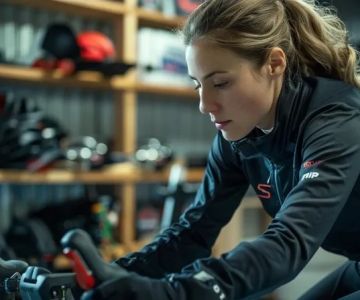
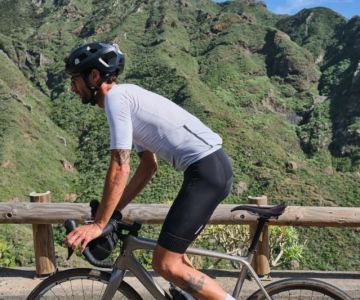



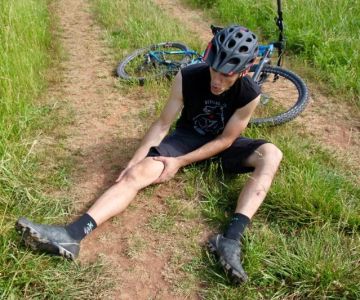
 Champion Cycling4.0 (138 reviews)
Champion Cycling4.0 (138 reviews)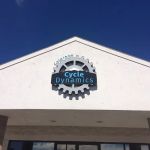 Colorado Cycle Dynamics4.0 (245 reviews)
Colorado Cycle Dynamics4.0 (245 reviews) Grace Bicycles5.0 (36 reviews)
Grace Bicycles5.0 (36 reviews) Good Tunes Bicycle Shop5.0 (11 reviews)
Good Tunes Bicycle Shop5.0 (11 reviews) Rats Cycles4.0 (138 reviews)
Rats Cycles4.0 (138 reviews) Vintage Electric Bikes4.0 (71 reviews)
Vintage Electric Bikes4.0 (71 reviews) How to Teach Kids to Ride a Bike: A Step-by-Step Guide for Parents
How to Teach Kids to Ride a Bike: A Step-by-Step Guide for Parents Tips for Riding on Busy City Streets: Smart Strategies for Urban Cyclists
Tips for Riding on Busy City Streets: Smart Strategies for Urban Cyclists Best US National Parks for Mountain Biking: Ride Epic Trails Across America
Best US National Parks for Mountain Biking: Ride Epic Trails Across America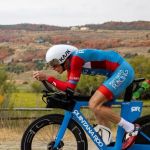 Best Aero Helmets for Time Trials and Racing
Best Aero Helmets for Time Trials and Racing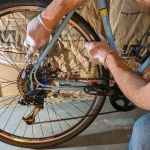 How to Clean and Lubricate Your Bike Chain Like a Pro
How to Clean and Lubricate Your Bike Chain Like a Pro 10 Must-Have Items for Long-Distance Cycling Trips
10 Must-Have Items for Long-Distance Cycling Trips